Parts of our bodies may get swollen for one reason or the other, but when you notice swellings around your head, neck, armpit, or groin region, it’s time to get worried. Swellings in any of these regions could be a case of swollen lymph nodes, and there is no identified cure for this except by stimulating the acupressure points for swollen glands.
Lymph nodes on their own are not harmful to the body. They are beneficial, instead, as they contain lymphocytes which are immune cells that help us to fight viruses, bacteria, and harmful germs. However, as the lymphocytes are fighting viruses and bacteria, the body produces more immune cells. These immune cells then cause swelling.
Therefore, when your lymph nodes swell, it’s a sign that you’ll soon be going down with a sickness. In most cases, it’s a cold or bacterial infection that goes on its own. When these sicknesses have gone, the swelling returns to normal. But there are instances where the glands do not return to normal for a very long time.
At this point, what you need is acupressure for swollen glands, and this article will share with you the various pressure points that help reduce swollen glands.
Can Acupuncture Help Swollen Lymph Nodes?
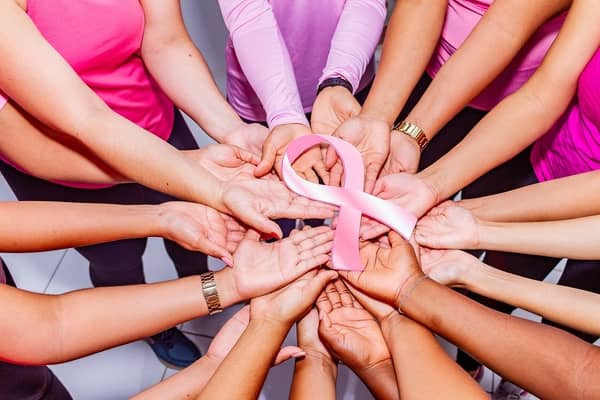
Acupuncture is effective in reducing swollen lymph nodes, especially those as a result of breast cancer treatments – lymphedema. One study provides support to this claim. The study was carried on 37 patients with breast cancer−related lymphedema (BCRL). 33 out of the 37 patients were administered acupuncture treatment two times weekly for four weeks.
At the end of the period, none of the patients experienced any adverse effects or infection as a result of the acupuncture therapy. Also, it was discovered that acupuncture therapy helped in the reduction of the arm circumference of the affected arm of the BCRL patients. Therefore, acupuncture does not only reduce swollen lymph nodes, but it is also safe to use.
Can Acupuncture Clear Lymph Nodes?
By clearing nymph nodes, I mean draining the lymph node of the germs that causes them to swell. For this function, Electro-Lymphatic Therapy (ELT) is what you need. What acupressure and acupuncture do is to reduce lymph node swelling and free you of the sickness that comes with the swelling.
However, when you combine ELT with acupressure treatment, the drainage of lymph nodes is multiplied ten times. The reason for this is that the combination of these two therapies releases toxins into the lymphatic system as well as dissolves the congestion in the lymph nodes for free exit.
Pressure Points For Supraclavicular Lymph Nodes
Acupoint: ST-12 (Other Names: Stomach-12/Que Pen/Empty Basin)

ST-12, or Quepen, as it is called in Chinese, is the first of the acupressure points for swollen glands. It is a stomach meridian acupoint that is located in the middle of the depression in the collarbone, three-finger width from the midline of the chest.
Quepen is responsible for activating the stomach meridian and descending the Lung Qi. Therefore, it is used clinically to treat mostly cough, sore throat, and scrofula, in addition to swollen glands.
Pressure Points For Axillary Lymph Nodes
Acupoint: HT-1 (Other Names: Heart-1/Ji Quan/Highest Spring)
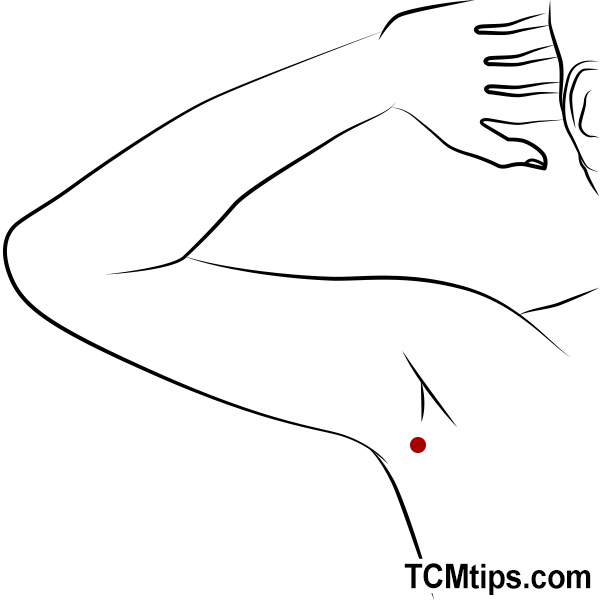
The heart meridian HT-1 is another of the acupressure points for swollen lymph nodes. It is called Jiquan in Chinese which translates to Supreme Spring in English. To locate HT-1, Lift your hand so that it is ninety degrees. The point at the apex of the armpit where you can feel a pulse is HT-1.
Because of its function as an activator of the heart meridian and an opener of the chest, HT-1 is ideal in treating all kinds of pains in the chest, shoulder, and arm. It is also used to treat chest congestion and anxiousness. All you need do is locate the acupoint and apply gentle pressure rather than firm pressure with a finger in a circular motion.
Acupoint: SI-9 (Other Names: Small Intestine-9/Jian Zhen/True Shoulder)

Acupoint SI-9, Jianzhen, or True Shoulder is effective as acupressure for swollen neck glands. This small intestine meridian is located at the upper back. You’ll find SI-9 a finger width above the armpit crease at the back.
Functioning as an alleviator of pain, SI-9 is one of the acupressure points for shoulder and arm pain. It is also used clinically to treat tinnitus and scrofula.
Pressure Points For Abdominal Lymph Nodes
Acupoint: Ren-14 (Other Names: The Conception Vessel-14/Ju Que/Great Palace)
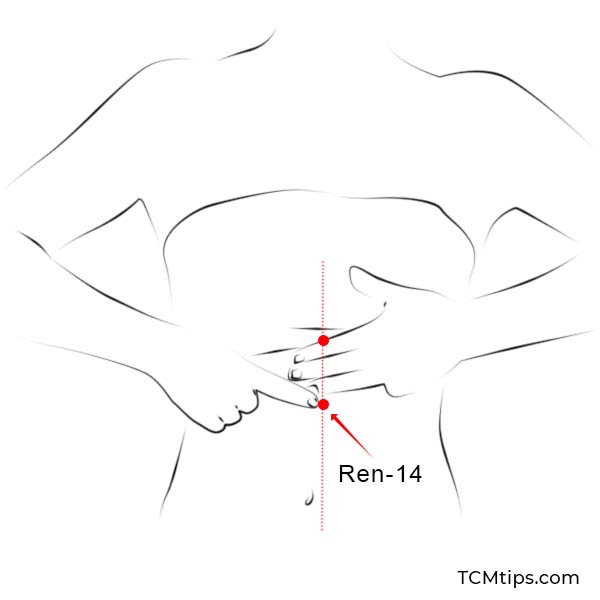
Ren-14 is one of the acupressure points for swollen lymph nodes in the abdomen. It is known as Juque in Chinese, and it is located just six fingers above your abdomen from your belly button.
In Traditional Chinese Medicine, the function of Ren-14 is to open up the chest, overcome rebellious Qi, and regulate the heart. This makes the pressure point ideal for the treatment of epilepsy, gastric pain, and pain around the chest. It is also one of the acupressure points for eczema.
Pressure Points For Inguinal Lymph Nodes
Acupoint: SP-12 (Other Names: Spleen-12/Chong Men/Surging Gate)
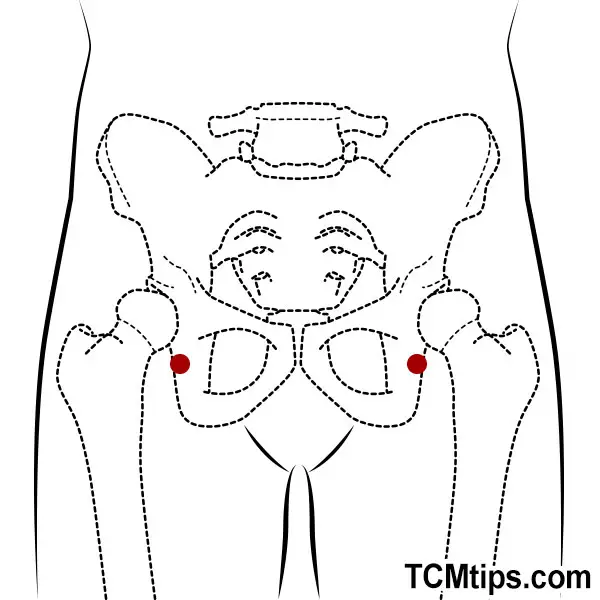
The next acupoint for swollen lymph nodes is SP-12. SP-12, otherwise known as Chongmen, is a spleen meridian acupoint that is located in the groin region. The acupoint is on the groove of the groin, four-finger width from the central line of the stomach.
Because of its location on the human body, SP-12 is best used in the treatment of hernia, abdominal pain, and Leukorrhea. All you need do is locate the pressure point with your fingers and massage gently in a circular motion. It’s advisable to massage gently and not with firm pressure because lymphatic vessels can become damaged when pressed hard.
For Popliteal Lymph Node
Acupoint: LU-5 (Other Names: Lung-5/Chi Ze/Cubit Marsh)
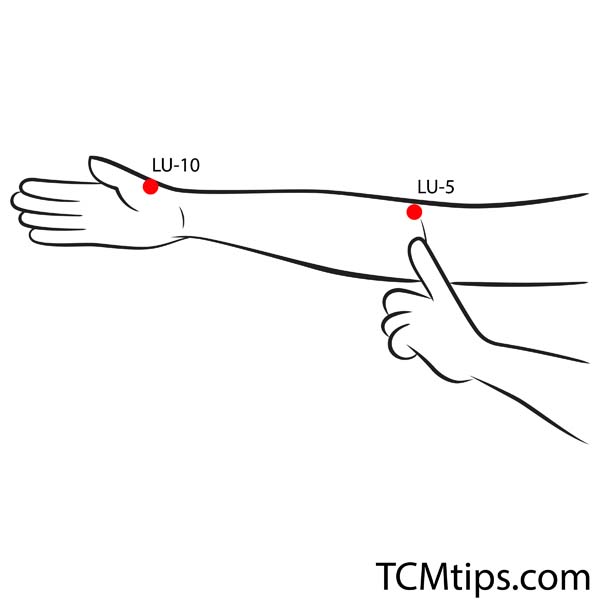
Chize, LU-5, or Cubit Marsh is the last of the pressure points for swollen glands. It is a lung meridian acupoint that is located at the end of the crease formed when you bend your elbow that is traceable to the thumb.
In Traditional Chinese Medicine, Chize is responsible for relaxing the sinews, clearing lung heat, and expelling phlegm. These functions make it the suitable pressure point for the treatment of asthma, sore throat, infantile convulsion, and vomiting. It is also one part of the acupressure points for white patches.

Try our Anti-Aging Gua Sha Tool designed to bring out your skin’s natural glow.
Best Gua Sha Product- Anti-Aging: The tool is designed to target 11 specific aging signs such as wrinkles and sagging skin. By following the 7-step routine, users can improve skin firmness and reduce fine lines naturally.
- Enhances Skincare Routine: It works effectively with serums and lotions, boosting absorption and efficacy of skincare products.
- Visible Skin Improvement: Users can expect a smoother complexion, reduced puffiness, and a more youthful appearance.
 P. Sze
P. Sze 

















